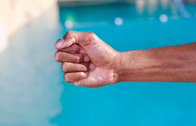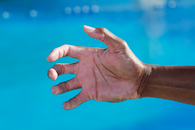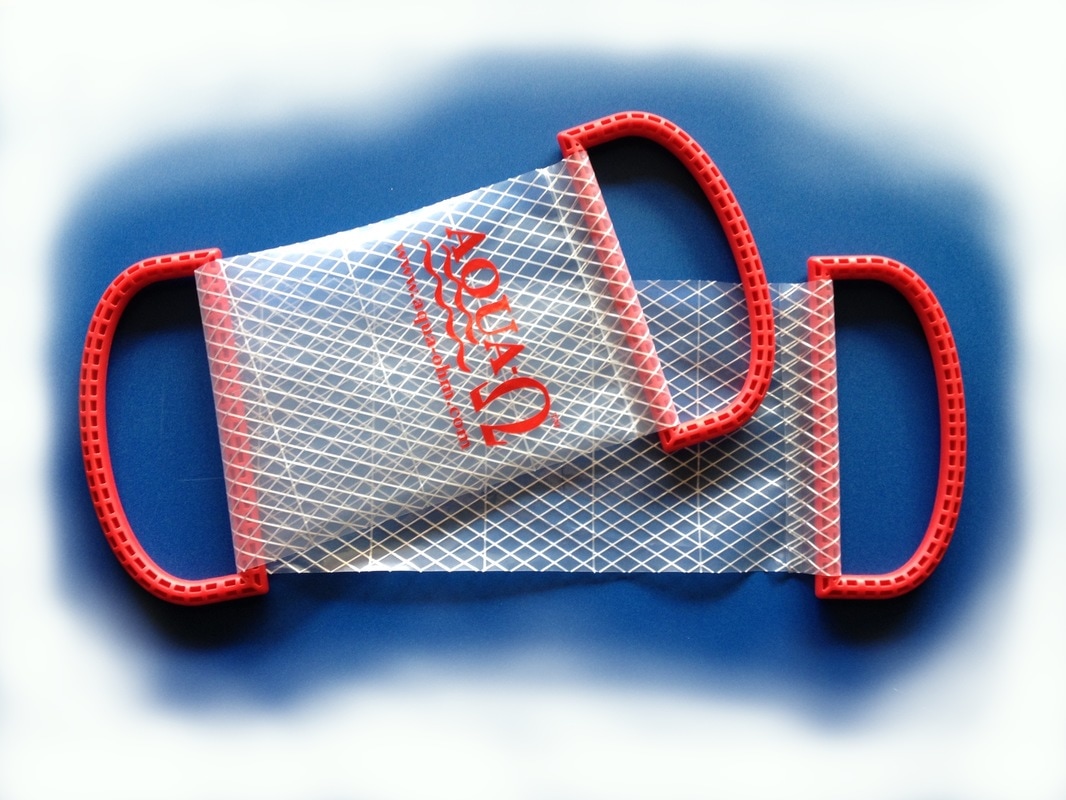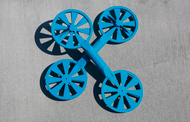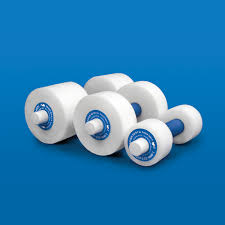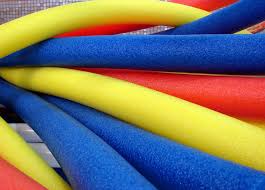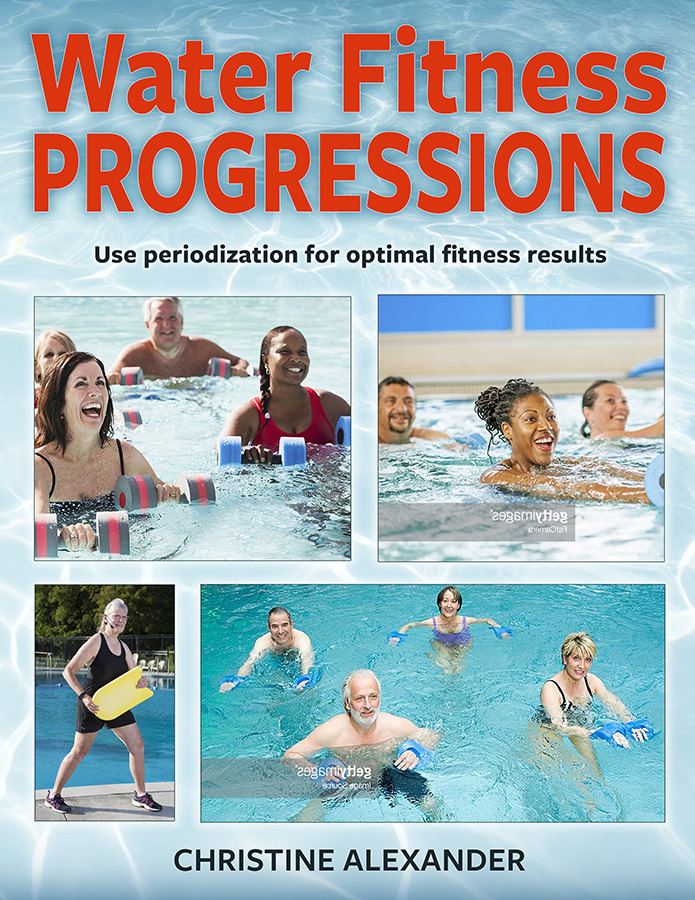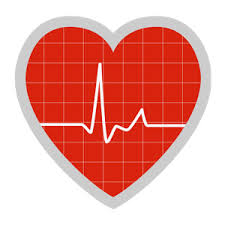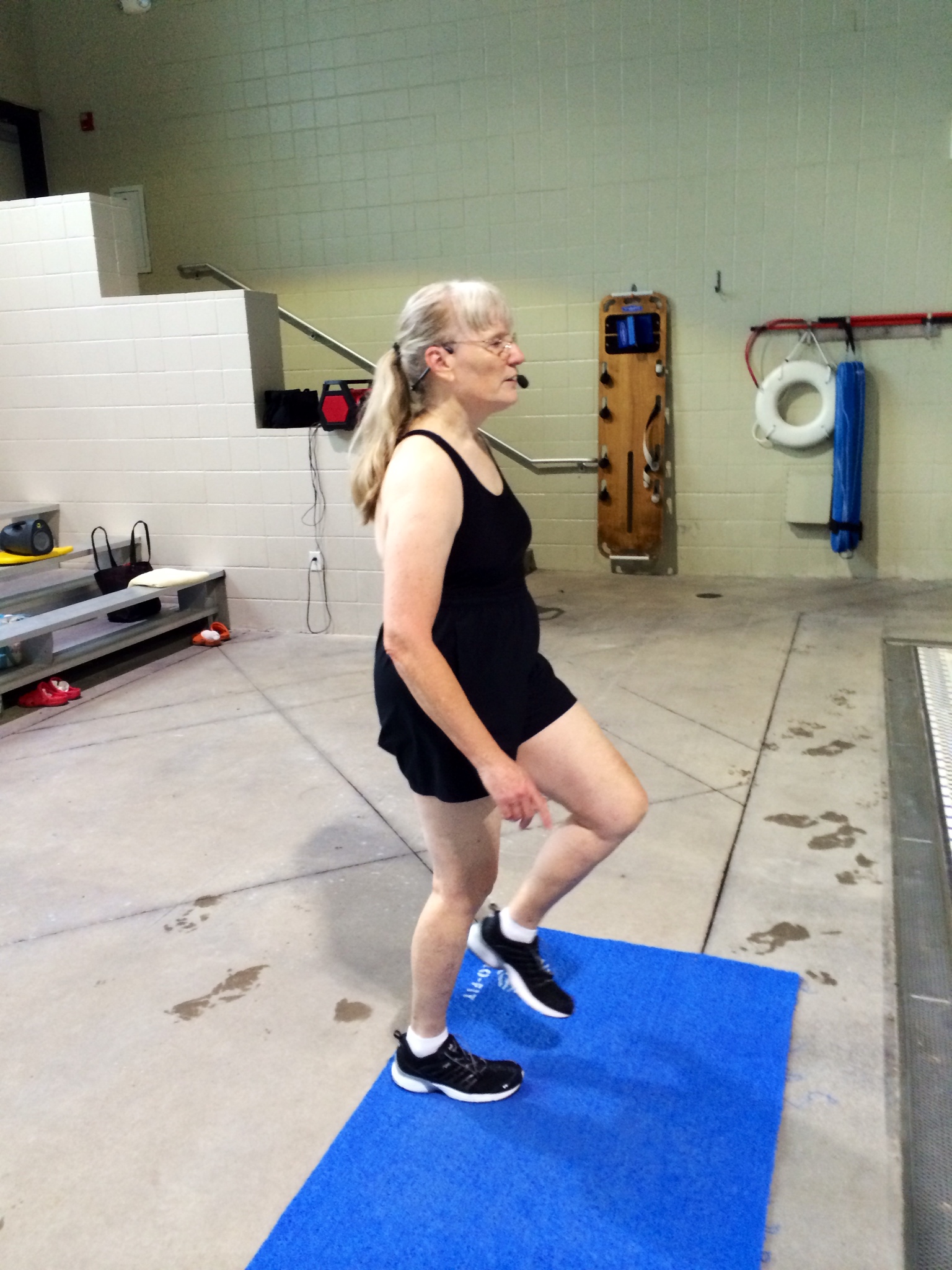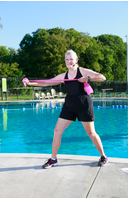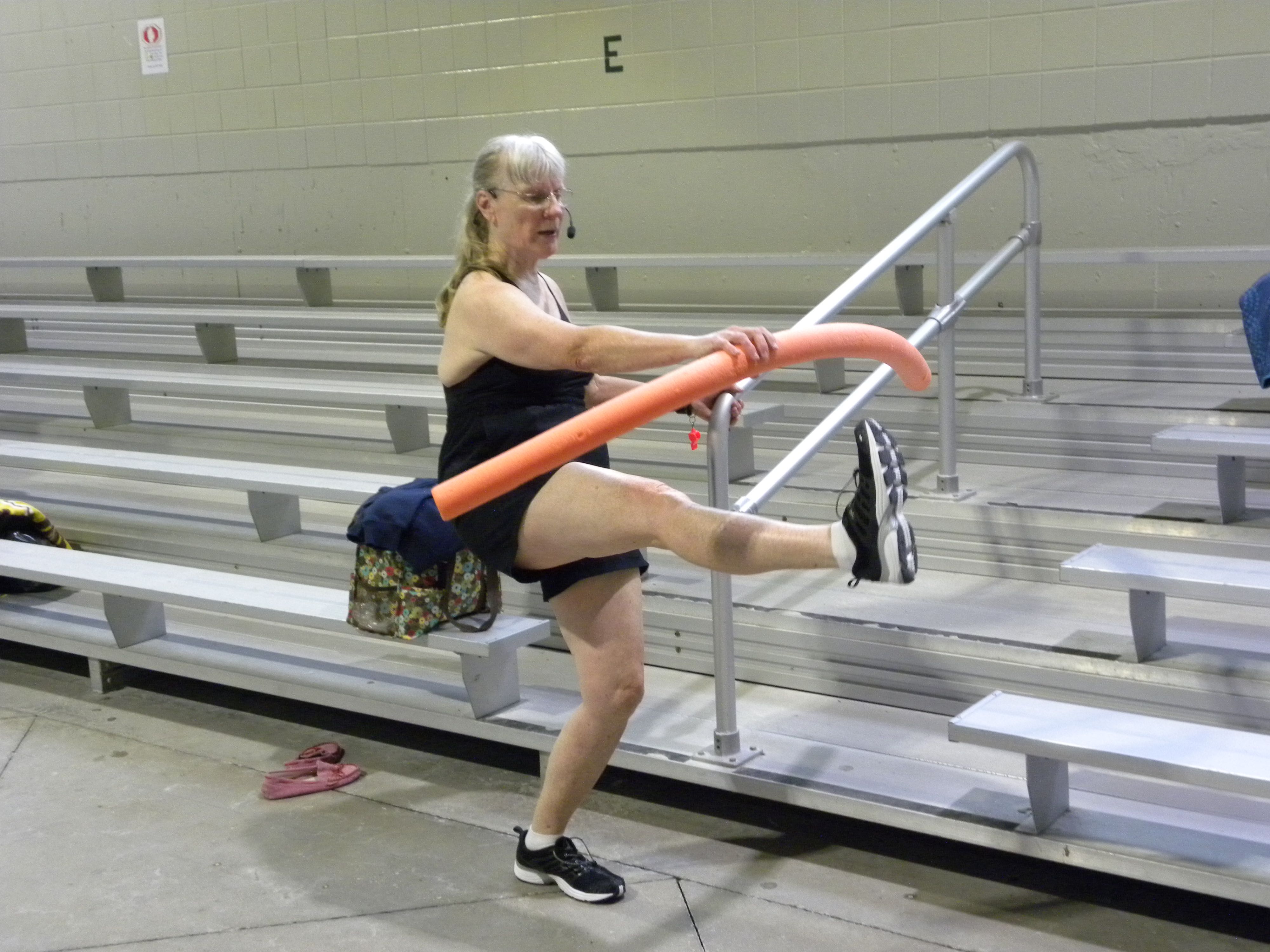
Your muscles grow until around age 30 and after that they begin to decline. If nothing is done to prevent this loss of muscle mass, the end result is loss of grip strength, difficulty picking up heavier objects, trouble rising out of a chair, and an inability to get up off the floor. Who wants that?? The good news is that loss of muscle mass in not an inevitable part of aging. Like the saying goes, use it or lose it! Using it means strength training.
The American College of Sports Medicine recommends that every adult perform activities that maintain or increase muscular strength and endurance for a minimum of two days a week. Adults over 65 should strength train two to three times a week. In other words, the older you get the more important strength training becomes.
You can strength train at home using bands. You can perform exercises that use your own body weight such as push ups, planks and wall sits. You can go to a gym and use free weights or weight machines. Most gyms have someone on staff who can show you how to use the weight machines. Or you can hire a personal trainer who can design a personalized strength training program. Ideally you will mix things up and do a variety of strength training routines. Lift the weight quickly but take 3-5 seconds to lower it. Choose 8 to 10 exercises targeting the major upper body, mid body and lower body muscle groups. Healthy adults should do 8-12 repetitions of each exercise with a weight heavy enough to be challenging but not so heavy that you have to strain to lift it. Older adults should do 10-15 repetitions using lighter weights.
You can also do your strength training in the pool. This requires some effort on your part. It is possible to do the exercises in your water fitness class by gently moving through the water, slicing your hand to minimize the resistance, possibly chatting with other exercisers at the same time. There may be benefits to this, but improving strength is not one of them. Instead of slicing, move your fist through the water, or even better, present an open hand with the fingers slightly cupped. Push hard against the water, with as much speed and power as you can. The harder you push, the harder the water pushes back. You want to create turbulence, making white water and waves. This kind of effort requires concentration but it is necessary to overload the muscles so that you can see gains in strength.
Equipment can be added to increase the resistance in water. Choose equipment that you can handle while maintaining good alignment. Then push and pull the equipment through the water with speed and power. Drag equipment, which does not float, can be pushed and pulled in any direction. Buoyant equipment, which floats, needs to be pushed toward the pool floor in order to be effective. The turbulence and waves you create with the equipment lets you know that you are overloading your muscles and improving your muscular strength and endurance.
There are other benefits to strength training. Improving your muscular strength and endurance can help prevent osteoporosis, decrease the risk of heart disease, reduce the risk of falling, and enhance the quality of life. It can postpone the day when you become frail to some time in the distant future. And that’s a very good thing! For more information and lesson plans that have strength training as their objective, see my book Water Fitness Progressions.
See you in the pool!
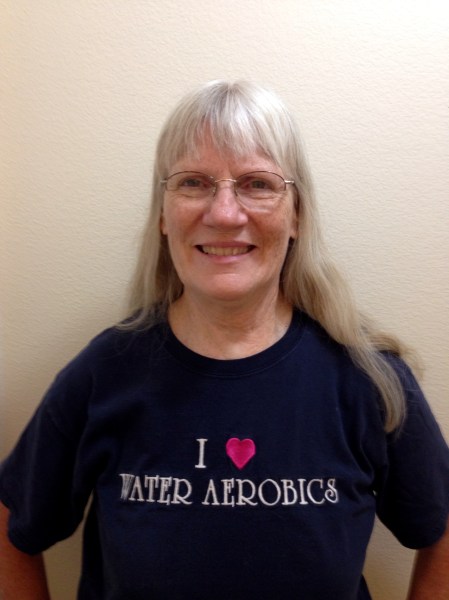
Chris Alexander


